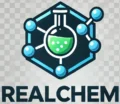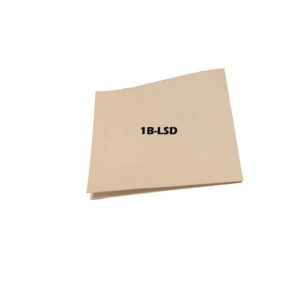1B-LSD
1B-LSD: Lysergamide Research Chemical Profile and Legal Status
1B-LSD (1-butyryl-lysergic acid diethylamide) is a novel lysergamide derivative used in serotonergic and psychedelic research. Structurally related to LSD, 1P-LSD, and 1cP-LSD, this compound is gaining attention in neuroscience and pharmacology for its potential to act as a prodrug to LSD, although further research is ongoing.
It is not intended for human consumption and is distributed strictly for laboratory use by qualified researchers.
Chemical Structure and Classification
1B-LSD is a butyrylated analog of LSD, meaning it contains a butyryl group at the indole nitrogen. This modification may affect its metabolic rate and receptor binding profile, making it a target for research on prodrug behavior, psychedelic modulation, and 5-HT2A receptor activity.
-
IUPAC Name: (6aR,9R)-N,N-diethyl-7-methyl-4-butyramide-6,6a,8,9-tetrahydroindolo[4,3-fg]quinoline-9-carboxamide
-
Molecular Formula: C23H29N3O2
-
Chemical Class: Lysergamide (Ergoline derivative)
-
Common Form: Blotter or crystalline powder (for analytical purposes)
-
Applications:
-
Serotonin receptor binding studies
-
Pharmacokinetic and prodrug analysis
-
Behavioral neuroscience models
-
Research Use and Observations
Although no approved clinical or toxicological studies are available, 1B-LSD is widely believed to function as a prodrug to LSD, meaning it is metabolized into LSD in vivo. This theory aligns with how similar analogs like 1P-LSD and 1cP-LSD behave in laboratory studies.
Anecdotal research notes (not verified or peer-reviewed) suggest:
-
Similar psychoactive profile to LSD in receptor studies
-
Possibly longer onset and duration due to butyryl substitution
-
High potency, requiring accurate microgram dosing
-
Interest in cross-tolerance, metabolism, and receptor affinity
Such insights are intended for academic discussion only and should not be misinterpreted as medical claims.
Laboratory Handling and Safety Guidelines
Due to its potency and pharmacological activity, 1B-LSD should only be used in controlled research environments by professionals.
Lab safety requirements include:
-
Use of microgram-scale precision instruments
-
Gloves, goggles, and chemical-resistant lab clothing
-
Secure, labeled storage in a cool, dry environment
-
Chemical waste disposal according to local regulations
-
Documentation of compound handling for regulatory compliance
Legal Status of 1B-LSD
The legality of 1B-LSD varies globally and often depends on analogue or psychoactive substance legislation. While it is not explicitly listed as a controlled substance in many countries, it may be considered an LSD analog under broad drug laws.
-
United States: Unscheduled federally, but may be restricted under the Federal Analog Act
-
United Kingdom: May be covered under the Psychoactive Substances Act (PSA)
-
Germany: Controlled under the NpSG (New Psychoactive Substances Act)
-
Canada and Australia: Subject to analogue controls
-
European Union: Varies by member state
Researchers must independently verify the legal status of 1B-LSD in their jurisdiction prior to ordering or studying it.
For Research Use Only
1B-LSD is not approved for human or veterinary use. It is provided exclusively for scientific, analytical, and forensic research conducted by qualified individuals in authorized laboratory environments.
Showing the single result

